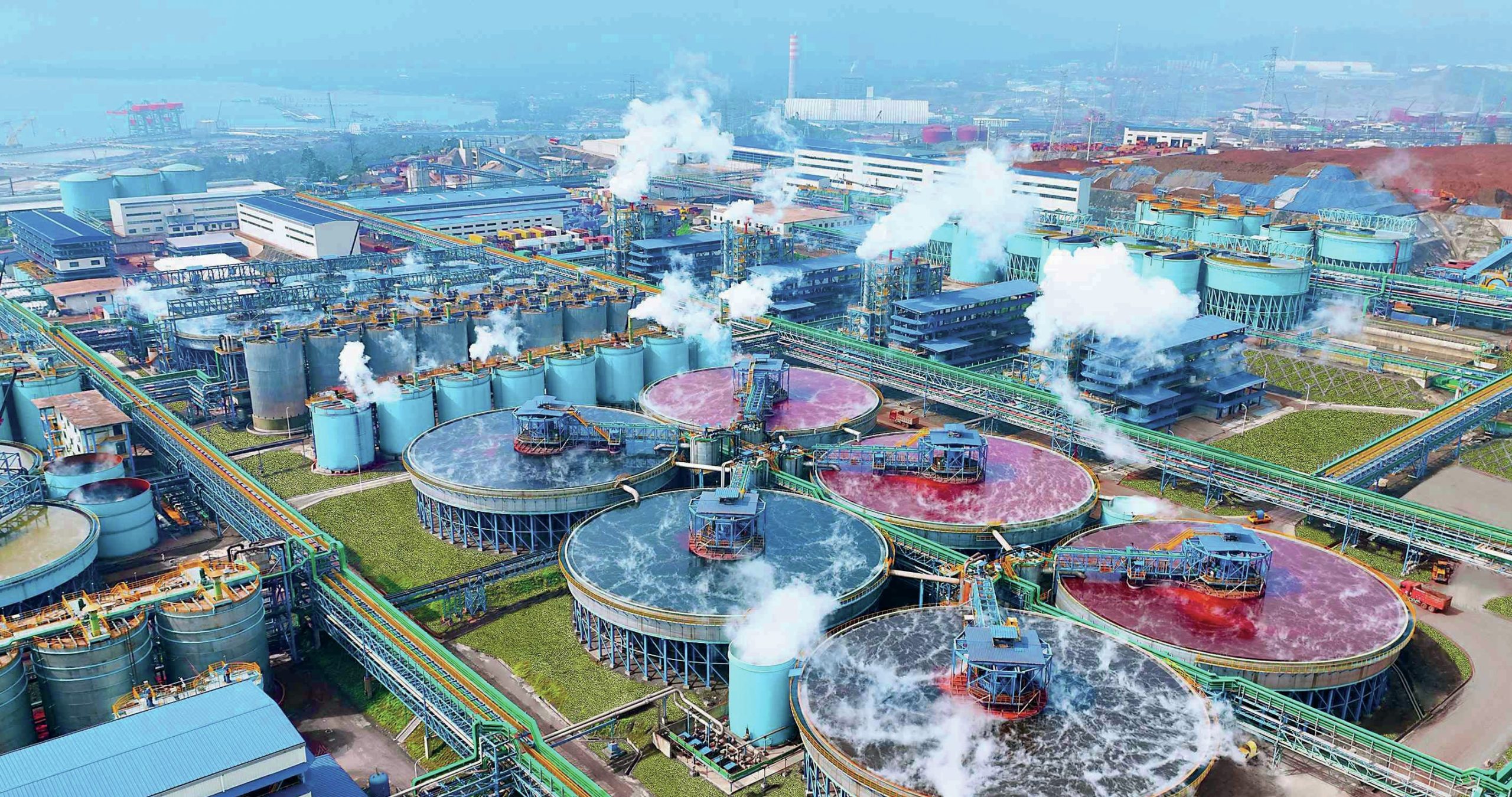Fertilizer International 523 Nov-Dec 2024

30 November 2024
A new home for potash

“In Orlando next spring, CRU will be building a new global community that jointly celebrates the phosphate and potash industries”
CRU’s 2025 Phosphates Conference – now in its 16th year – will be held in Orlando, Florida, 31 March – 2 April next year. The 2024 event convened in Warsaw was one of the most successful to date (Fertilizer International 519, p4).
Building on that success, next year’s event has even more to offer. That’s because it will also champion the potash industry – as its new name CRU Phosphates+Potash Expoconference makes clear (see page 30).
So, why potash? Unbelievably, for a sector that produces close to 70 million tonnes of potassium chloride annually, there’s never actually been a regular yearly event for the global potash industry.
Possibly, this has been due to the misconception that the potash sector does not innovate or invest as much, relative to other parts of the fertilizer industry. Whereas, in fact, massive potash industry investment is underway currently – directed at both new mega projects and the modernisation and expansion of existing assets.
Nutrien, for example, is shifting to large-scale autonomous mining, to cut production costs and bolster its competitive position, through its Next Generation Potash investment programme. Predictive maintenance technology is also being deployed to monitor critical assets and identify failures before they happen.
Nutrien boosted its autonomous potash production by 50% to six million tonnes in 2022, improving on this again last year by a further 40% rise in autonomous mining output.
This is only the start too. The company’s president and CEO Ken Seitz wants all six of Nutrien’s underground mines to become either fully autonomous or fully tele-remote in future.
Mosaic, meanwhile, finally completed its massive K3 potash expansion project at Esterhazy, Saskatchewan, last year. Esterhazy is now officially the world’s largest potash complex, with an annual production capacity of 7.8 million tonnes.
The expansion has also transformed Esterhazy into one of the world’s most efficient mines (Fertilizer International 502, p26). Mosaic added 13 automated rotary mining machines to its underground fleet as part of the $2.9 billion mega revamp. These automated miners and Esterhazy’s conveyor system are controlled remotely from a new Integrated Operations Centre (IOC) using advanced camera and sensor technology.
How long will Esterhazy keep its crown? Well, BHP recently approved $4.9 billion for stage two of its Jansen potash project in Saskatchewan. This investment should eventually transform Jansen into the world’s largest potash mine, doubling production capacity to approximately 8.5 million t/a (Fertilizer International 517, p8).
BHP is currently investing $5.7 billion in Jansen’s first stage. This will deliver 4.35 million t/a of potash capacity with production starting towards the end of 2026 (Fertilizer International 504, p8).
Mine electrification means Jansen will generate the lowest per tonne carbon emissions of any Saskatchewan potash mine. To help deliver this, Sandvik has secured major orders from BHP to supply the project with a fleet of bespoke electric MF460 borer miners and battery-electric vehicles (Fertilizer International 513, p38).
Potash and phosphate are both mined commodities with common extractive and process technologies. Crushing, grinding, screening, pumping, froth flotation, liquid-solid separation, dewatering, drying, evaporation and crystallisation are common to both industries.
Because of that, phosphates people are, more often than not, also potash people. That applies to engineering companies (Hatch), equipment manufacturers (Andritz, Bradley Pulverizer, Eriez, FEECO, Solex Thermal Sciences), reagent suppliers (Arkema-ArrMaz, BASF, Nouryon) and technology providers (GEA, Veolia) as well as producers (Mosaic, Nutrien, ICL, EuroChem) – and these are just snapshot examples.
That’s why it makes perfect sense to bring these two sister industries together in a single event. The massive investments currently underway in highly efficient potash mining and processing tech – and the pursuit of electrification, automation and digitalisation – also need highlighting.
Consequently, the potash industry deserves an annual gathering where its can network, hear the latest market intelligence and share new knowledge. That’s why, in Orlando next spring, CRU will be building a new global community that jointly celebrates the phosphate and potash industries. We invite you to join us there – as well as spread the word that potash has a new home.




